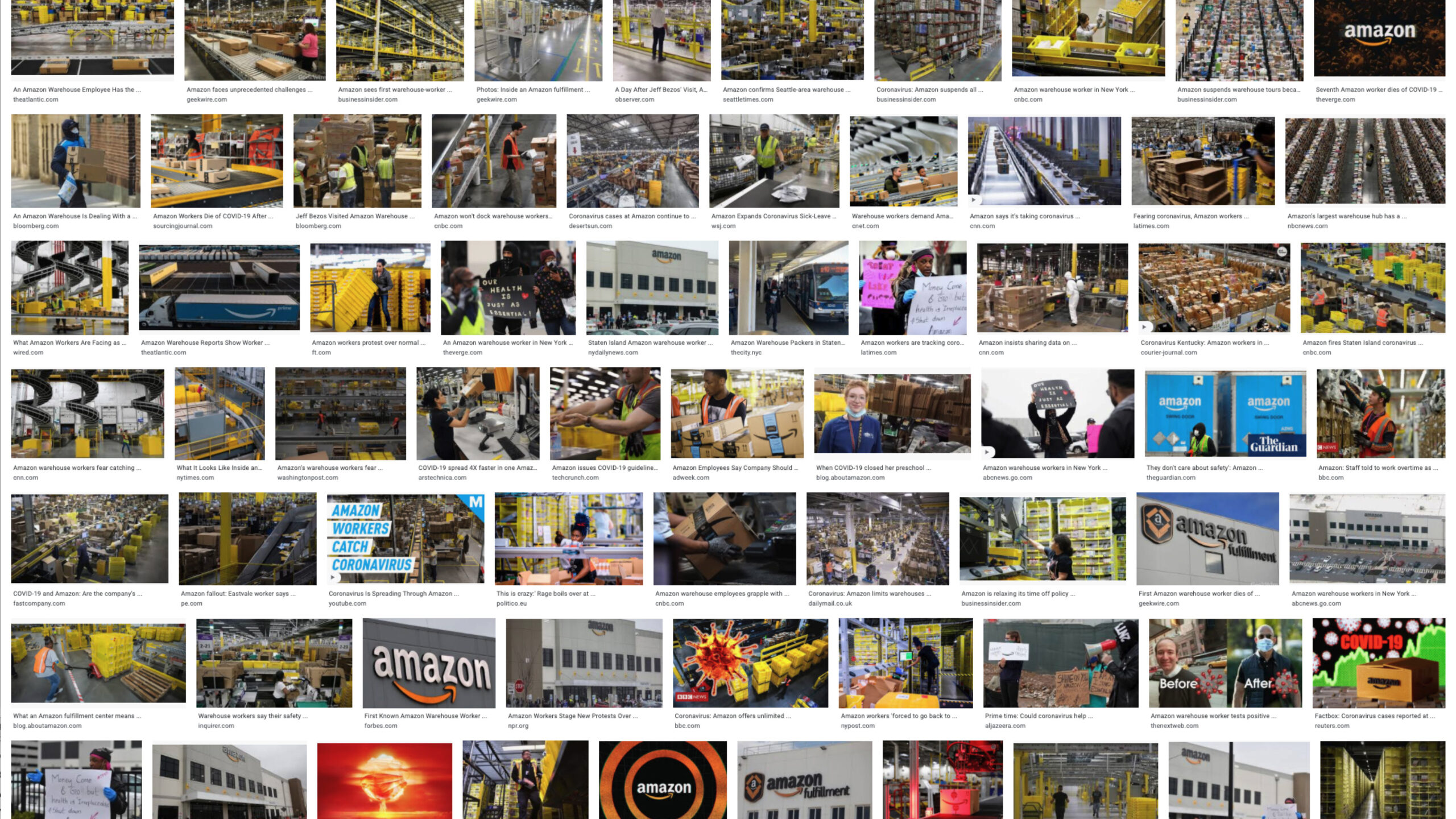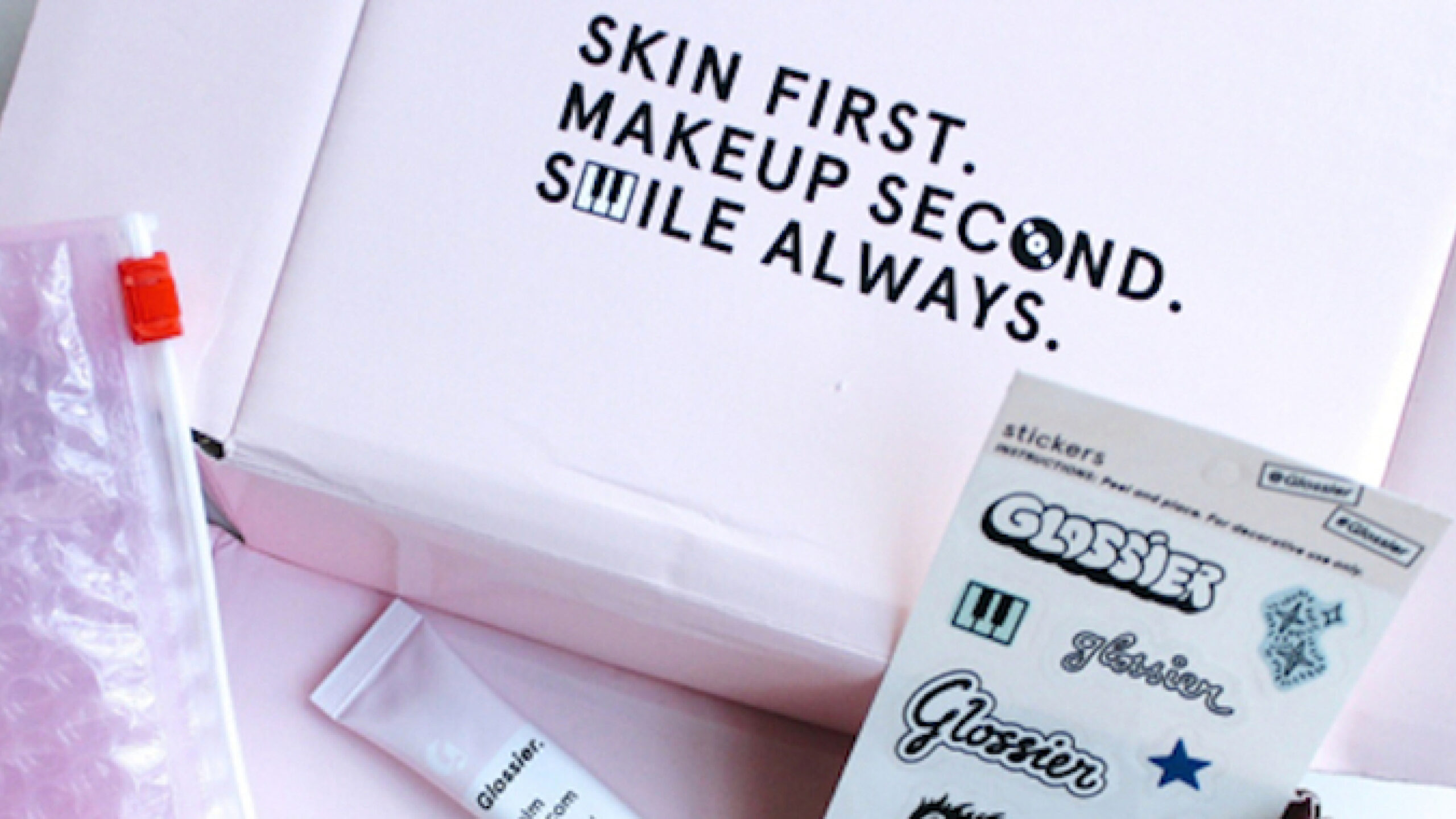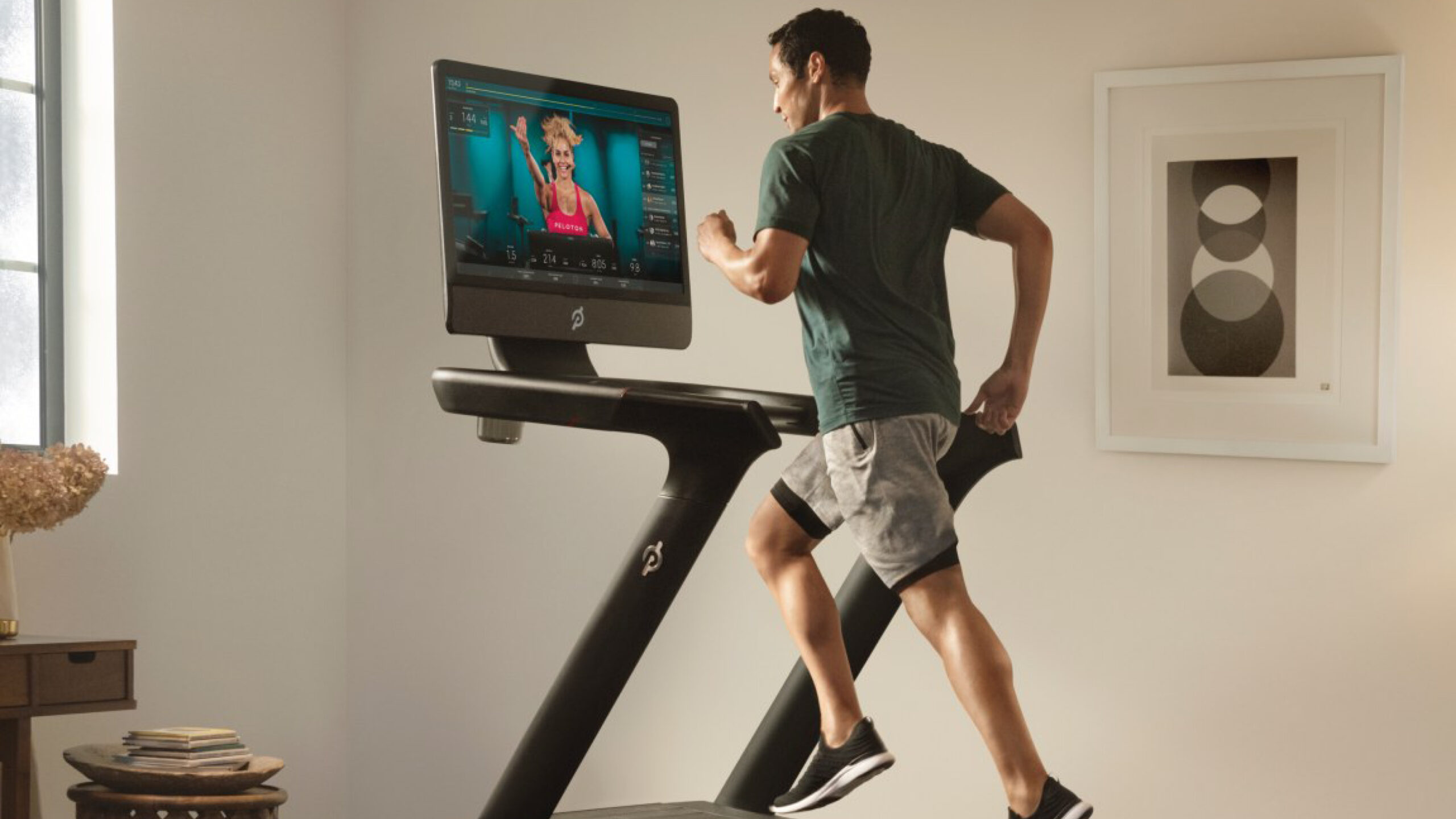Harnessing the experience opportunity
Reframing, rebalancing and refocusing brand experience to win in a post-COVID world
We’ve seen endless analysis of COVID-19’s impact on businesses, citing changes in consumer and shopper behaviors. We’ve seen less discussion around the impact to experience – how brands must now reframe their focus and rebalance their experience ecosystem – that omnichannel web of touchpoints we’ve made such effort to get right in recent years – to ensure success in the new normal.
There’s still a massive disconnect between the digital experience we have with brands and how they actually show up in our homes. A yawning experience gap between the promise of how the brand will play a role in our lives and that moment we open a crushed, plain shipping box filled with bubble pack, to find salmon cat food instead of smoked salmon or a squashed, uninspiring presentation of the product we’ve been looking forward to unwrapping.
In staying ahead of the new realities of our experience ecosystem, it’s not enough for brands to continue to up their game digitally. They now have to invest more heavily in the sensory impact of their products as they show up our homes.

If that’s not enough, brands must find ways to reinvigorate the physical environment as well. To innovate around making the in-store experience more compelling while acknowledging that it’s now likely to be a secondary touchpoint of the shopping experience instead of the primary. As shoppers venture back out into the physical world, retailers must overcome the challenges of staying within safety regulations and delivering on shopper expectations for a simple experience, while simultaneously finding new ways to draw shoppers into the store.
Over the last 6 months, we’ve seen a huge impact to the customer experience of online shopping and fulfillment. Shoppers across the globe have looked to increase their use of online and pickup channels to limit exposure, with June’s total U.S. online sales up 76% over last year, and store pickup increased 130%1.

However, with the increased stress on the experience ecosystem, our defaults have failed us. Shoppers have found that their go-tos are not always capable of delivering the experience that they had come to expect. We’ve seen unavailable products, prioritized fulfillment categories, delays in shipping times. Worse, we’ve seen the loss of the instant gratification we’d become so used to.
And with enjoyment largely removed from the current state of in-store shopping, consumers have turned to the in-home product experience to provide both safety and enjoyment. For brands that have failed to consider this home-centric, more sensory aspect of the ecosystem, consumers are left with an uninspiring moment at the end of what was likely a frustrating shopping process – one which colors their view of both the brand and retailer.

Beyond the consumer challenges, the impact of the pandemic has raised a two key brand and retailer challenges:
Safety
Once an afterthought in the minds of most shoppers – safety has become front page news. Retailers have scrambled, with varied levels of success, to move forward with seamless or contactless shopping initiatives and to ensure continued operations while trying to maintain safe working conditions for frontline employees. And consumers are paying attention to those who are failing (most notably Amazon2).

Gaps in control
These have become more prominent with the increased reliance on eComm channels–and they hinder how the brand is delivered. The digital shopping experience often starts with search or price comparison with little opportunity for oversight of how the brand is presented, and then, after a short interaction with your owned channels, delivery is then outsourced to logistics businesses like DHL and UPS – ceding control of that last mile experience which is key to customer satisfaction3.

However, it’s not all about overcoming challenges and problems.
There’s a massive upside to what we’ve seen happen in 2020, namely that change brings about change. It accelerates opportunity.
The exciting thing is that brands can now capitalize on this massive shift in consumer behavior. Through necessity, people are adjusting to and adopting this broader online to offline experience ecosystem much more quickly than we would have done under a normal trajectory. For example, in a recent NRF flash poll, more than ¾ of consumers said they were interested in in-store or curbside pickup. And industry experts predict that even as things level out and restrictions are lifted, retailer curbside/in-store pickup will be double what it was before the pandemic started4.
While initiatives have been slowly nudged forward over recent years, designed to move toward the ideal future state, many brands didn’t feel the urgency to make the bigger necessary investments in experience, the push to make big leaps in technology and operations where needs were becoming more obvious. But now we know that consumer needs can change overnight, and shopper expectations won’t wait for retail experiences to catch up.
“The only way to make sense out of change is to plunge into it, move with it, and join the dance.”
– Alan Watts
In this new normal, shoppers will continue to demand more seamless integrated experiences, more frequently leverage physical retailers as distribution centers, and seek more seamless or even contactless in-store experiences. But they’ll also look for new ways to be inspired by and feel connected to brands that are important in their lives. Brands must adjust with them, rethinking known values and reframing their focus on staying relevant and competitive in the quest to innovate. To embrace this opportunity and take brave steps forward to keep the business strong for future growth and guard against more rapid change and unforeseen circumstances.
Clear strategies to succeed in the new experience ecosystem
The seismic shift in channel importance means that previous plans, budgets and prioritization of initiatives are likely inadequate to address the current reality. In a world where the in-store experience no longer dominates the customer journey, brands must alter their strategy to adjust to a new ecosystem that more seamlessly connects and rebalances focus of in-store, online and in-home experiences.
1: Reconsider how your brand shows up in-home
When brands don’t consider the sensory aspect of the in-home experience, they’re missing out on a huge opportunity to surprise and delight at a critical moment of engagement – a maximize the dopamine hit of unboxing. In thinking strategically about the in-home experience, brands should be considering less obvious solutions; the standard semiotic and sensory cues of various categories aren’t enough anymore. Through packaging innovation, there’s an opportunity to leverage sound, scent and tactile tools in order to increase engagement and deliver a more compelling brand experience.

In partnership with Walmart, S.C Johnson-owned Glade filled the typical packaging pillows for delivery boxes with Glade home air freshener, leading to an 83% increase in sales on Walmart.com during its first week, and more than 11 million impressions in the first month5.
There’s a big upside to considering the in-home experience more strategically. One study found that engagement with attractive packaging actually stimulates the reward-seeking areas of the brain that are usually associated with impulse purchasing6. And when the in-home packaging experience is executed well, it can drive connection back to digital channels through social media.
More than a billion people watched other people unboxing products on YouTube last year7. This boost of awareness and word-of-mouth from sharing a strong packaging experience can help a smaller business reach expanded audiences. And most importantly, the in-home experience creates a strong in-the-moment connection with each consumer, leading to stronger loyalty and likelihood to repurchase, as demonstrated in a 2020 study that showed 24% of consumers say they’re more likely to make repeat purchase if they receive branded or gift-like packaging from an online retailer8.

Unboxing experiences don’t have to equate to high dollars. Alongside the branded messaging, stickers and free samples they include in their packages, Glossier has created such an iconic and beloved experience with their distinct pink bubble-wrap pouches that the company applied for a trademark in 2019.
2: Think beyond the shelf, giving consumers a better reason to walk through the door
As we all focus online, it’s worth remembering that consumers are eager to return to more traditional shopping behaviors. As many as 84% of shoppers plan to return to in-store retail shopping within 3 months of eased restrictions9, but we also know there will be lasting behavior change, with more people planning to make a portion of their purchases online post-COVID-19 than before10. Thus, it is imperative for brands to think differently about the in-store experience.
First, retailers must consider the changed view of safety in the post-pandemic world. Tech must be re-integrated into the retail environment in a way that allows shoppers to efficiently and safely shop for products. Everyone will be striving for “contactless” shopping solutions, and it’s important to get ahead of the infrastructure to support the new experience needs, from curbside pickup to mobile pay, and even to checkout free shopping11.
With the foundation of safety in place – helping to alleviate a reason to say ‘no’ to the in-store visit, retailers have to give people a more meaningful reason to return to the store – a compelling reason to say ‘yes.’ Whether through seasonal or limited time offers and discounts, special events or much-hyped product releases, the store must now play a different role in the overall experience ecosystem: one that more fully exploits the physical experience.

Many footwear brands build up hype for new sneaker launches as a way to draw them into the store, but perhaps none better than Nike with their SNKRS strategy. Their special branded app is the main source for information on high-demand, limited-release shoes and the stories behind them. It’s a way to unlock exclusive products and connect to the broader community of sneaker fanatics, engaging shoppers in both the physical and digital world.

The Disney Store created a special program to drive footfall in store, where each day with great fanfare a child gets to “unlock the magic” during store opening ceremonies across the world and then keeps the souvenir key as a gift. According to Amy Pearson, former Marketing and Guest Services Director in the UK, the program was so popular that the special keys were later expanded to online access as well to meet demand and engage more guests in the experience.
3: Deploy digital as a fundamental driver of brand promise
Digital touchpoints are now dominant. Success lies in more completely connecting digital channels to the full ecosystem – and enriching the human interactions we have with brands, rather than removing that human connection through simple automation.
However, as well as delivering on the more emotional promise of a brand, it’s crucial to deliver the functional aspects of the digital experience with excellence. To seamlessly and intuitively provide options for fulfillment, better enabling delivery and in-store pickup. To help shoppers find the products they need and more easily purchase and receive them. Once you’ve nailed the basic expectations in the online shopping experience you can then look for ways to elevate shopping enjoyment.
Having said all of that, it’s increasingly difficult for brands to avoid being drawn into a costly features war. Not only expensive and time-consuming, a focus on individual features reduces the opportunities for brands to creative distinctive brand moments. A “me too” strategy with incremental digital experience innovations creates a sea of sameness in the market. It makes differentiation in the experience nearly impossible and crushes brand distinctiveness at the same time. So, invest in signature brand experiences that create a memorable, lasting relationship that brings customers back again and again.

What makes Peloton’s brand story unique is that the actual product isn’t as important as the service it provides. The brand’s focus is less on the functionality of the bike, and more so on the emotional benefit of convenience and community. With the ability to stream live or on-demand classes from any digital device and a diversity of personalization options through themes, levels, and music genres, Peloton has disrupted the fitness industry and created a cult-like following of millions.
Change is now THE constant.
Reframing, rebalancing and refocusing the experience ecosystem is now an ongoing iterative process – requiring a flexible, learning strategy to stay ahead of the competition.
It requires brands to reframe how they view their competitive landscape on a far more frequent basis and to better understand the needs of the even more quickly evolving consumers they serve.
It requires a historic reappraisal of the balance between online, in-store and in-home brand engagement against ongoing behavior change.
It requires solutions with a new focus on digital as the primary driver of brand promise and consumer intent AND as a way of enriching the human connection with brands.
It’s a big ask.
Even so, it’s important to keep in mind that innovative solutions don’t always mean massive investments. Sometimes the smallest things have the most impact, and a series of quick wins can create a massive shift in the consumer’s experience.
So in these crazy times we find ourselves, let’s embrace the momentum for change and make brave choices to successfully navigate and manage the new experience ecosystem. Consumers are looking for brands to take the lead, with a new kind of trust, loyalty and brand advocacy as the ultimate reward.
References:
-
https://www.digitalcommerce360.com/article/coronavirus-impact-online-retail/
-
https://www.theverge.com/2020/6/3/21279740/amazon-sued-nyc-warehouse-workers-covid-19-coronavirus-safety-measures
-
https://www.forbes.com/sites/micahsolomon/2018/06/10/the-four-elements-of-customer-satisfaction-how-to-achieve-it-over-and-over-again/#1279f24a28c2
-
https://nrf.com/blog/how-retailers-are-adapting-curbside-pickup
-
https://www.contagious.com/news-and-views/glade-sneaks-into-packaging-pillows-in-walmart-online-shopping-campaign
-
https://onlinelibrary.wiley.com/doi/abs/10.1002/mar.20651
-
https://techsee.me/blog/diy-product-unboxing-taking-the-visual-experience-to-the-next-level/;
https://packhelp.com/unboxing-phenomenon-why-people-watch-unpacking-videos/
-
https://dotcomdist.com/2020-dotcom-distribution-ecommerce-consumer-study-adapting-to-the-rapidly-changing-ecommerce-landscape/
-
https://www.spglobal.com/marketintelligence/en/news-insights/latest-news-headlines/consumers-want-to-get-back-to-shopping-in-stores-but-are-wary-on-travel-8211-survey-58850629
-
https://www.mckinsey.com/business-functions/marketing-and-sales/our-insights/a-global-view-of-how-consumer-behavior-is-changing-amid-covid-19
-
https://www.forbes.com/sites/christopherwalton/2020/05/15/contactless-is-retails-new-must-have-safe-word-but-knowing-how-best-to-use-it-is-easier-said-than-done/#6d8af1834758
